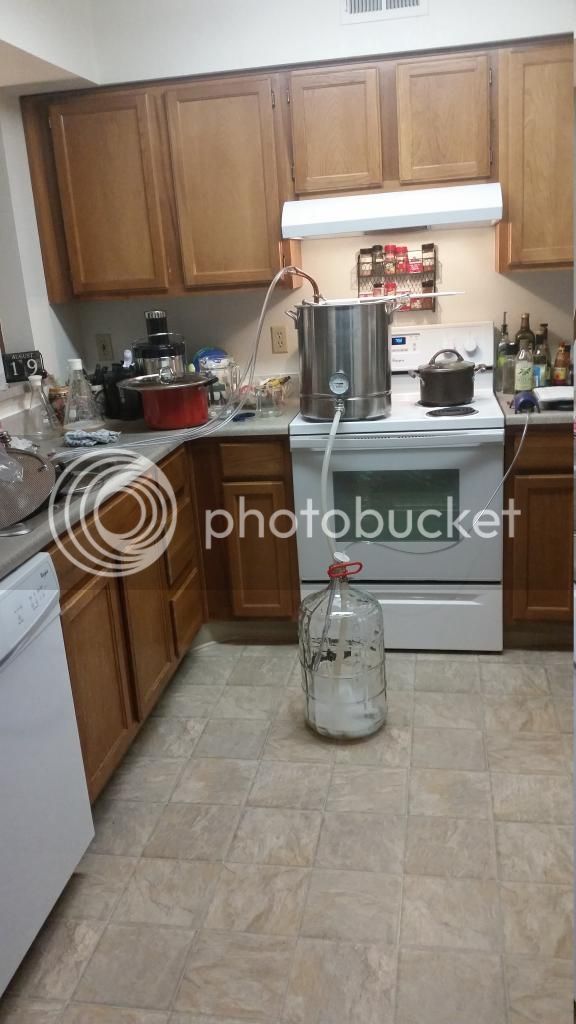So I am taking the plunge into All Grain Brewing. Daddy came into some cash and I'm going for it. I do have a few questions however before I make the purchase on a MLT and a HLT.
Do I need both? If not I could use the extra cash to get another keg setup.
I am for sure going for a Cooler Mashtun. I'm not really sure about the sparging process. It sounds like you run the wort through it again using the sparge method and then use hotter water from the HLT to get the last bit of goodness out. Is this correct?
I guess my main thing is If im Going all Grain do I need a HLTa MLT and a Sparge arm? and if so in what order would I set them up in my 3 tier brew rig? I'm not getting pumps so gravity will be doing the work here.
I feel like the noob again starting all over. Thanks in advance. Hopping to get all this stuff by the weekend and mash in on Sunday!!!!!
Do I need both? If not I could use the extra cash to get another keg setup.
I am for sure going for a Cooler Mashtun. I'm not really sure about the sparging process. It sounds like you run the wort through it again using the sparge method and then use hotter water from the HLT to get the last bit of goodness out. Is this correct?
I guess my main thing is If im Going all Grain do I need a HLTa MLT and a Sparge arm? and if so in what order would I set them up in my 3 tier brew rig? I'm not getting pumps so gravity will be doing the work here.
I feel like the noob again starting all over. Thanks in advance. Hopping to get all this stuff by the weekend and mash in on Sunday!!!!!




